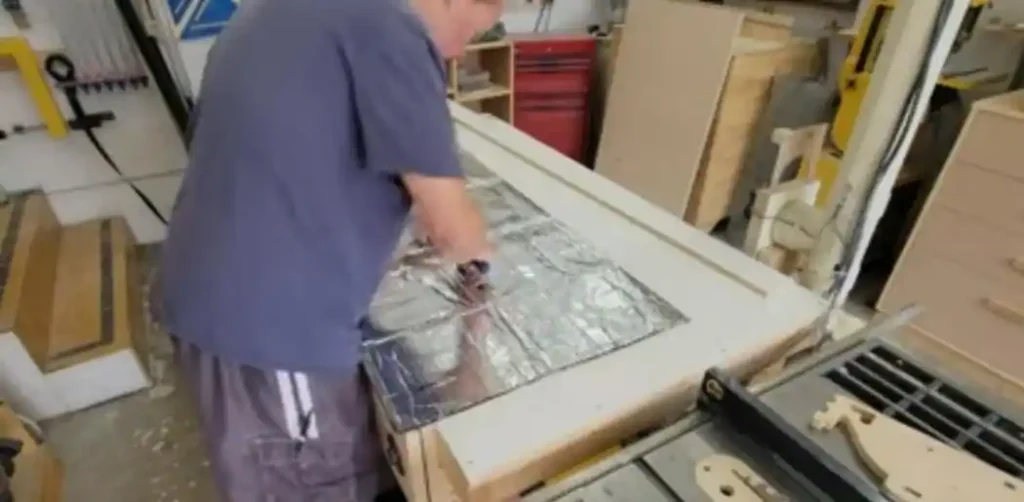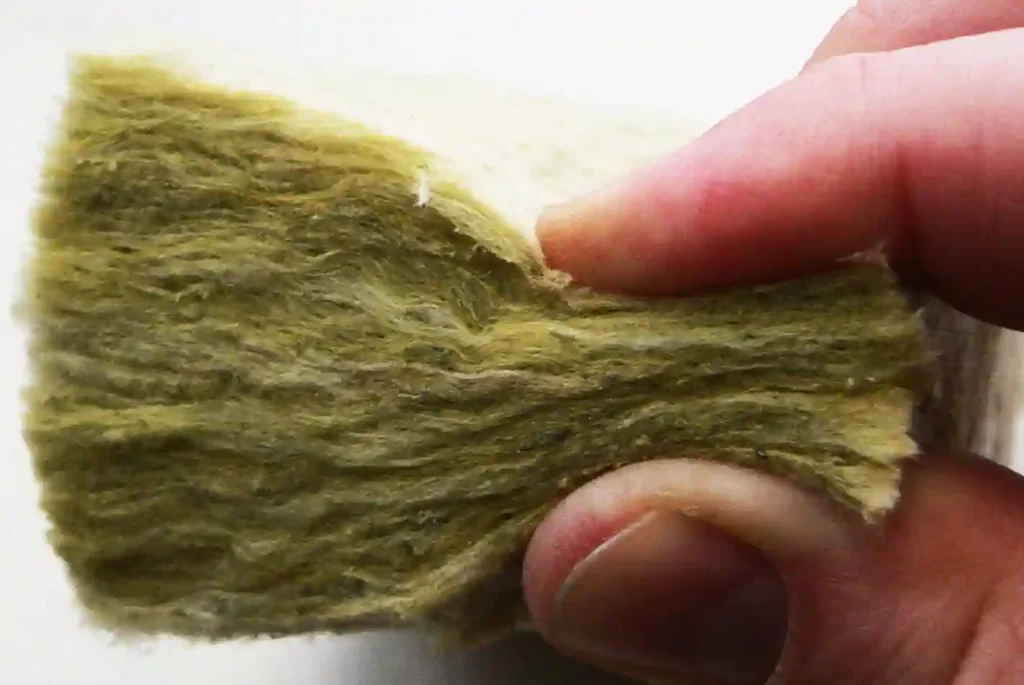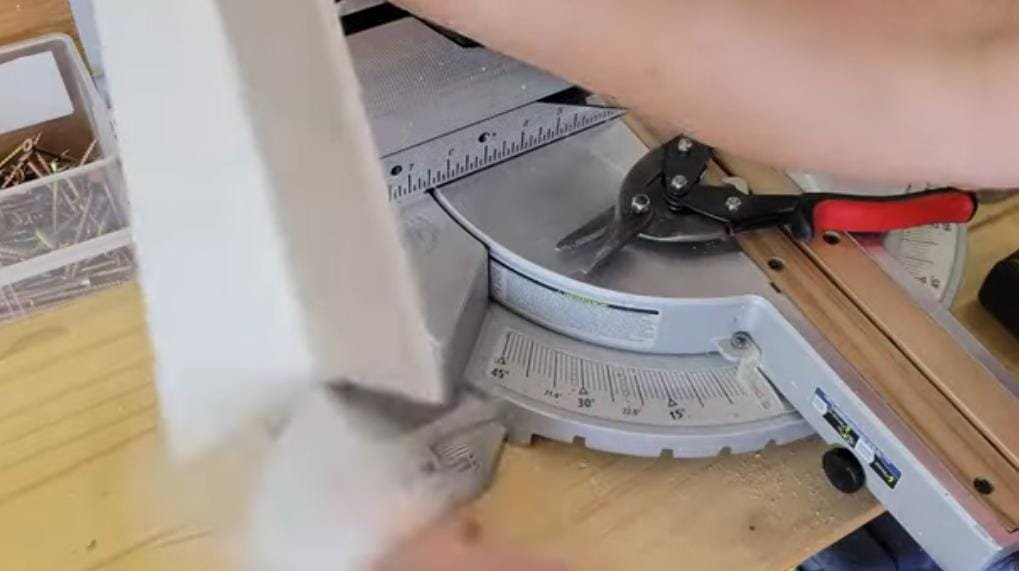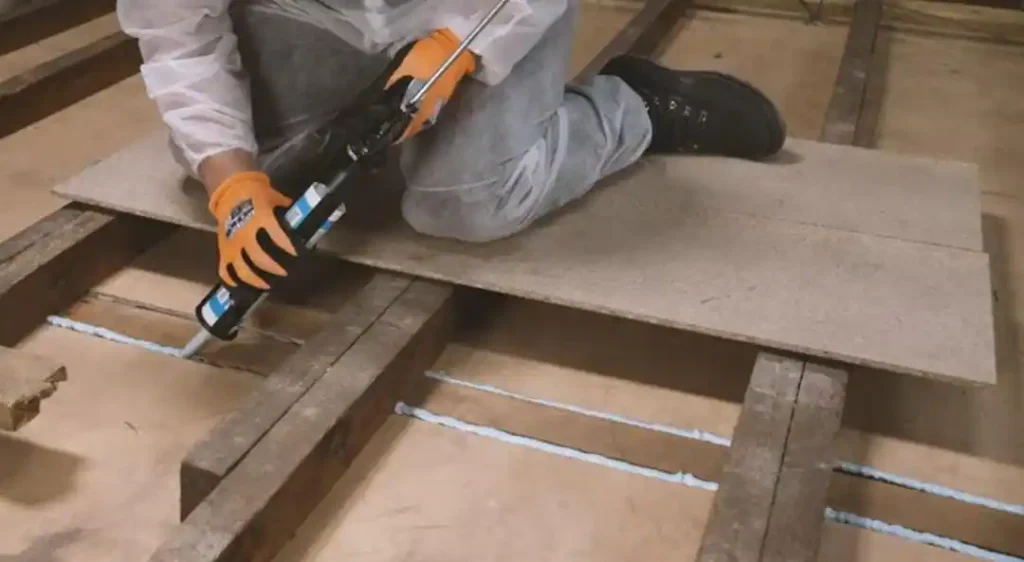How to insulate garage floor, this is a comprehensive guide in which we will discuss, the best way to insulate a garage floor and how to insulate a concrete garage floor along with its cost to insulate a 24×24 garage. An energy-efficient and practical option to increase the comfort of your living or working space above the garage is to insulate the garage floor. In this thorough guide, we’ll explain how to insulate a concrete garage floor step-by-step and go through the variables that affect the project’s cost. You may read the post, Garge door insulation, if not then click here.
You may know a garage is mostly known as a multipurpose room that can be used as a workshop, a storage space, or even an additional living space as well as to being a place to keep your car safe and under shelter. Insulation to the floor of the garage is a vital and very useful component that is frequently forgotten when improving the energy of garages because the garage floor is a substantial source of heat loss. So, here in this post We will examine various things and share with you numerous methods to insulate your garage floor in this in-depth tutorial, offering comfort, energy efficiency, and potential cost savings.
Benefits of garage floor insulation
Understanding Garage Floor Insulation’s Impact on Energy Efficiency
Increase Energy Efficiency
The total energy efficiency of your home might be negatively impacted by an uninsulated garage floor, which can be a significant source of heat loss. By helping to regulate the temperature, floor insulation makes it simpler to heat or cool the garage.
Increasing Comfort
If you use the garage for extended periods, having a well-insulated floor ensures a more comfortable environment. Insulation helps and is able to control temperature more consistently, lessening the effects of weather outside.
Moisture control
Insulate against ground moisture to protect against problems like mold growth and 4. structural damage. It also helps in managing the garage’s humidity levels.
How to insulate garage floor and Best insulation for insulating garage floor
Your specific needs, financial limitations, and the area of the atmosphere all play a role when choosing the type of insulation material that should be used to insulate a garage floor. For garage floors, the following kinds of insulating materials are frequently used:
Foam Board Made of Extruded Polystyrene (XPS)– Garage Floor Insulation

XPS foam boards have good insulating qualities and are moisture-resistant. They are dependable and effectively resist heat. These boards are a popular option for garage floor insulation because they are simple to install and cut.
Foam board made of expanded polystyrene (EPS)
Another variety of rigid foam insulation is EPS foam boards. They are inexpensive, versatile, and lightweight. They nevertheless offer good insulating qualities but have somewhat lower R-values compared to XPS.
Insulation with reflective foil
Radiant heat can be effectively controlled by reflective foil insulation. It frequently consists of foam or air bubbles between layers of reflective foil. This type of insulation can be especially effective in garages where heat from the sun is a problem.
Sprayed-on polyurethane foam
Spray foam insulation offers high coverage, effectively filling voids and uneven spaces. It’s a fantastic solution for places where inflexible boards are difficult to insulate. Additionally serving as an air barrier, spray foam eliminates draughts.
Rock wool or Mineral wool insulation

Rock wool or mineral wool insulation is known for its capacity to withstand fire and absorb sound. Although it can be used for garage floor insulation, walls and ceilings may see greater use than floors.
Insulation made of fibreglass batts
Flexible fiberglass batts can be inserted between floor joists. They can be an option in certain situations despite the fact they are less frequently utilized for garage floors.
Best way to insulate garage floor /Steps for insulating the Garage Floor
A simple and economical approach to improve the comfort, energy efficiency, and usability of your garage is to insulate the floor. Insulating the floor is a terrific place to start, whether your goal is to convert your garage into a workshop, home gym, or simply to maintain a more comfortable temperature. We’ll walk you through the process of insulating your garage floor in this step-by-step manual.
Materials required:

1. Insulation Boards
For effective insulation, choose rigid foam insulation boards with a high R-value.
2. Use adhesive
Use an adhesive that is powerful enough to attach the insulation to the garage floor.
3. Use tape
Use a tape measure to precisely measure the size of your garage floor.
4. Utility knife
Cut insulation boards with a utility knife so that they match the size of your garage floor.
Step 1- Measure and get ready
The quantity of insulation material required will depend on the size of your garage floor. Remove all dust and debris from the garage floor by properly cleaning it.
Step 2- Choose the Right Insulation
For the best thermal performance, choose rigid foam insulation boards with a high R-value. Choose boards that are appropriate for your climate and insulation demands because the R-value of the insulation reflects its effectiveness.
Step 3- Cut the insulation boards in Step 3.
Cut the insulation boards with a utility knife so that they match the size of your garage floor. Make sure it fits snugly, and gives room for expansion around the edges.
Step 4- Apply the adhesive.
Apply a lot of adhesive on the insulation boards’ backs. Make sure there are no gaps and secure the boards safely on the garage floor.
Step 5- Seal the seams and gaps in Step 5
Fill up the joints and spaces between the insulating boards with a sealant. The integrity of the insulation layer must be maintained and heat loss must be avoided by taking this action.
Step 6- Laying the subfloor is step six.
Over the insulation, you can add a subfloor to create a finished surface. To attach the subfloor and create a stable, level surface for later modifications, use screws and washers.
Step 7- Test while having pleasure
Allow the adhesive and glue to completely dry. By maintaining a watch on the outside temperature inside the garage under different weather situations, you may inspect the insulation. Enjoy a room that is more comfortable and energy-efficient!
The functionality and efficiency of your garage space can be greatly improved by insulating the garage floor. When you follow these steps, you’ll be well on your way to improving and enhancing the comfort of your residence while potentially lowering the amount of energy you use.
How To Insulate Concrete Garage Floor

It is easy and effective for insulating your concrete garage floor with the goal of increasing space comfort, fostering a more pleasant environment, and boosting energy efficiency. The insulation of the floor of your garage can help you keep it at a suitable temperature all year long, no matter whether you use it as a workshop, storage room, or even a living space. We’ll walk you through the process of insulating your concrete garage floor in this passage.
Steps:
Making the Garage Floor Ready
Remove any dirt, dust, and debris by thoroughly cleaning the concrete surface. Use a suitable concrete patch to close up any fractures or openings.
Selecting insulation boards
You should purchase insulating boards based on the size of your garage. Think about the ideal R-value for insulation.
Installed Insulation Boards
The insulation boards should be cut using a utility knife or saw to fit the measurements of your garage floor.
Apply adhesive
The insulation boards should be adhered to the underside with construction glue before being pressed firmly onto the concrete floor. Assure uniform coverage.
Sealing Seams and Gaps
To fill in any gaps or seams between insulating boards, use caulk or acoustic sealant. These steps can able to improve the efficacy and comfort of the insulation as well as prevent air leaks in your garage.
Laying in a vapor barrier
For the purpose of establishing a vapor barrier, tape the edges and seams of the insulation boards using HVAC tape or foil tape. This is essential to avoid having moisture impact the insulation.
Optional Subfloor Addition
Install a layer of plywood or oriented strand board (OSB) above the insulating boards if more durability is desired. Utilize the right screws for fixing it to the concrete.
Choose a floor covering
Choose a flooring material based on your preferences and demands. This might be any suitable garage flooring, including laminate, vinyl tiles, and epoxy coating.
Laying up flooring
Install the chosen flooring material over the insulated and ready garage floor by adhering to the manufacturer’s recommendations.
Lastly, we would like to suggest you for increased not only comfort but also energy efficiency, you will get these two additional benefits of insulating your concrete garage floor. You may give the garage a pleasant and functional environment as well as surroundings while also saving money on utility bills by following these steps and selecting high-quality materials.
How Much Does It Cost To Insulate A 24×24 Garage
“Budget-Friendly Garage Insulation: How Much Does it Cost to Insulate a 24×24 Garage?”
Are you tired of using an oven in the heat of the day and a freezer in the winter in your garage? By adding insulation, you may transform your garage into a more attractive area for storage and activities. You have arrived to the right place if you have an interest in discovering how much it would cost to insulate a typical 24×24 garage.
According to size-:
The size of your garage should be taken into consideration first. Having a square or rectangular layout, a 24×24 garage has a total square footage of 576 square feet. The overall cost will increase as you use more insulation material in bigger spaces.
According to Types of Insulation
There are multiple types of insulating materials available, each with its own benefits and drawbacks. Fiberglass, foam board, and spray foam insulation are popular choices.
Fiberglass insulation cost
Fibreglass is a popular and economical option. Depending on the quality and thickness, fiberglass insulation can range in price from $0.64 to $1.19 per square foot on average.
Foam Board insulation cost
Foam Board, which is stiff insulation is available in sheets and requires little installation skill. Usually, prices per square foot range from $0.37 to $0.88.
Spray Foam Cost
Spray foam is more expensive, costing between $1.00 and $2.75 per square foot, but it has great insulation qualities. It does, however, provide better insulation and aid in crack and gap sealing.
You might decide to install the insulation yourself if you’re a talented do-it-yourselfer. However, labor costs may increase the whole spending if you need installation by a professional. Labor costs for professional installers might range from $1.50 to $3.00 per square foot.
Estimated Total Cost
Given the size of a 24×24 garage and the different insulation choices, an approximate range for the total cost, which includes both materials and labor, is between $800 and $3,000.
Bottom line, How To Insulate Grage Floor
Although installing garage insulation may involve an upfront financial outlay, the long-term savings on energy costs and increased comfort make it a good investment. Obtain statements from surrounding vendors and builders before you start the task to get an accurate cost based on your personal preferences and requirements.
It’s important to keep in mind that these costs serve as figures and that they may change depending on your location, the particular products you choose, and the difficulty of the installation. Always seek professional advice and do extensive research before making a choice.
Do let us know how you feel about this information by commenting.
Like our Facebook page and follow for other updates like this.

